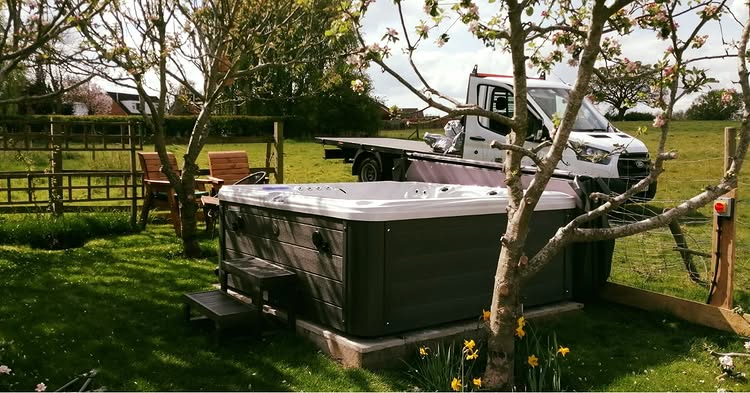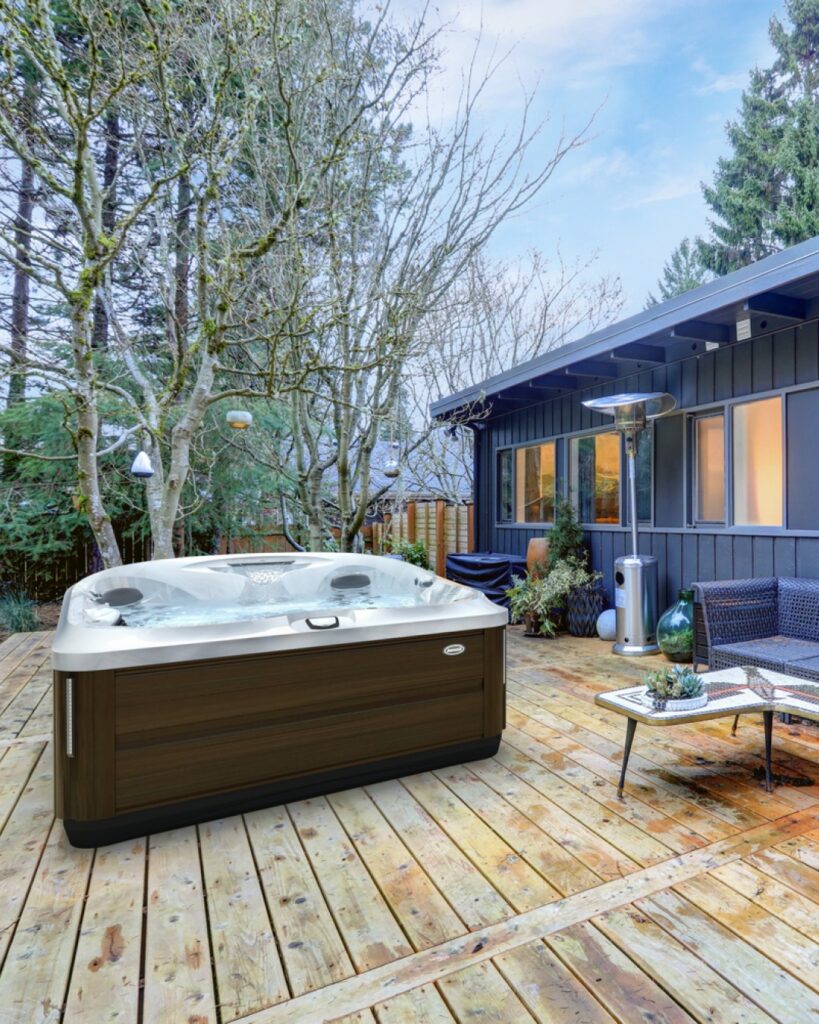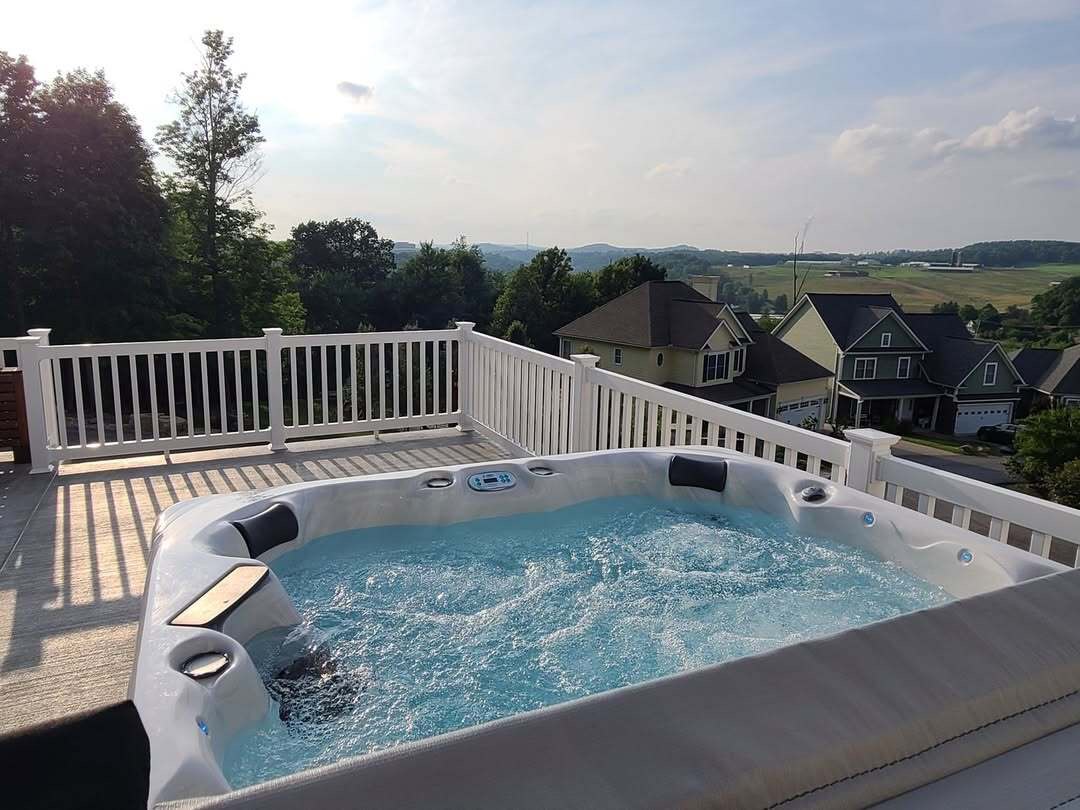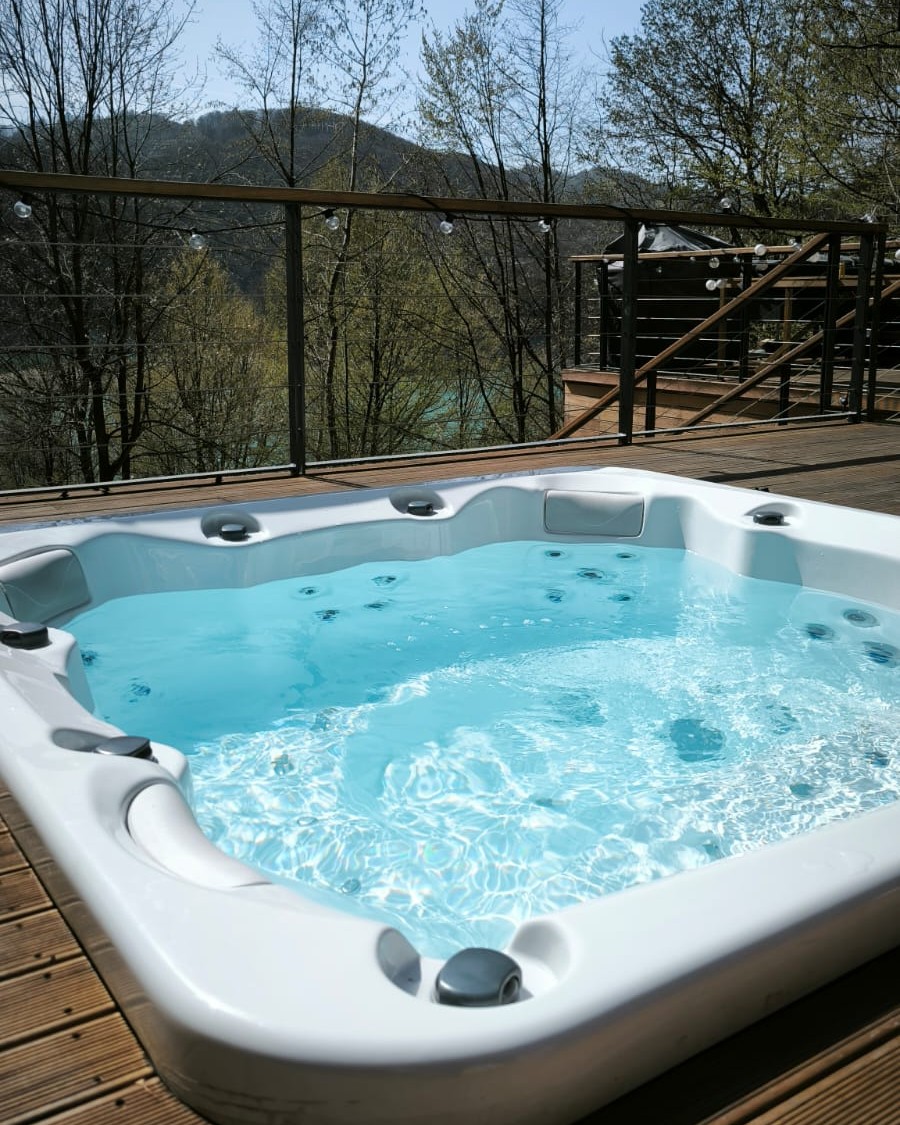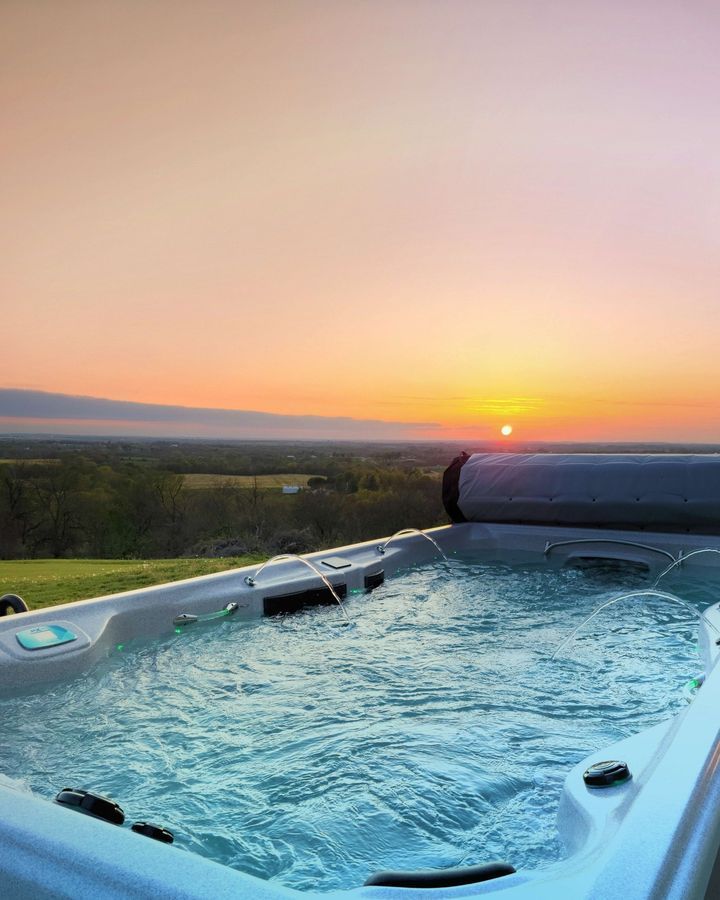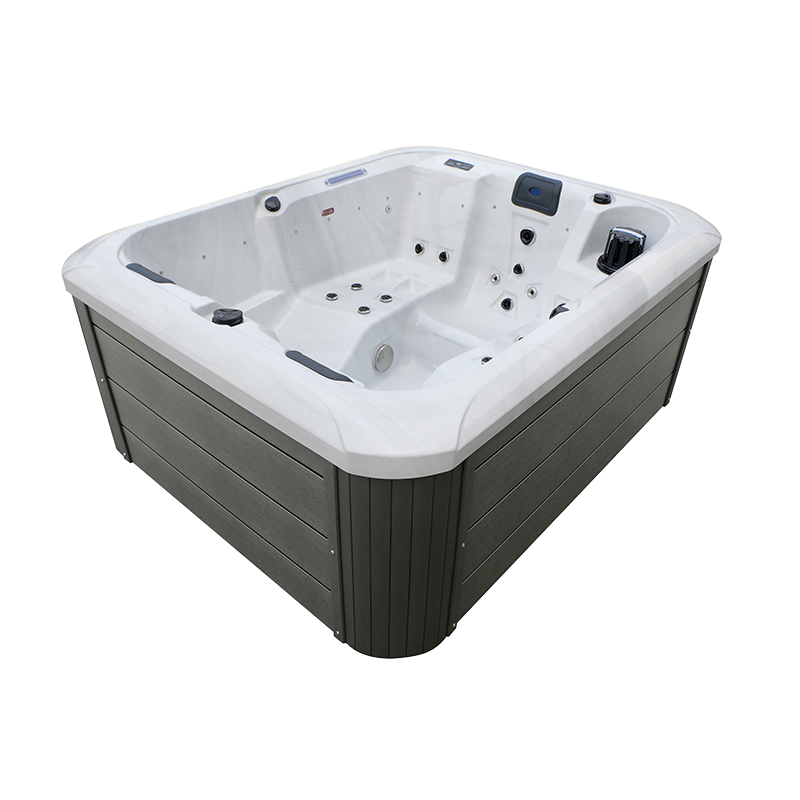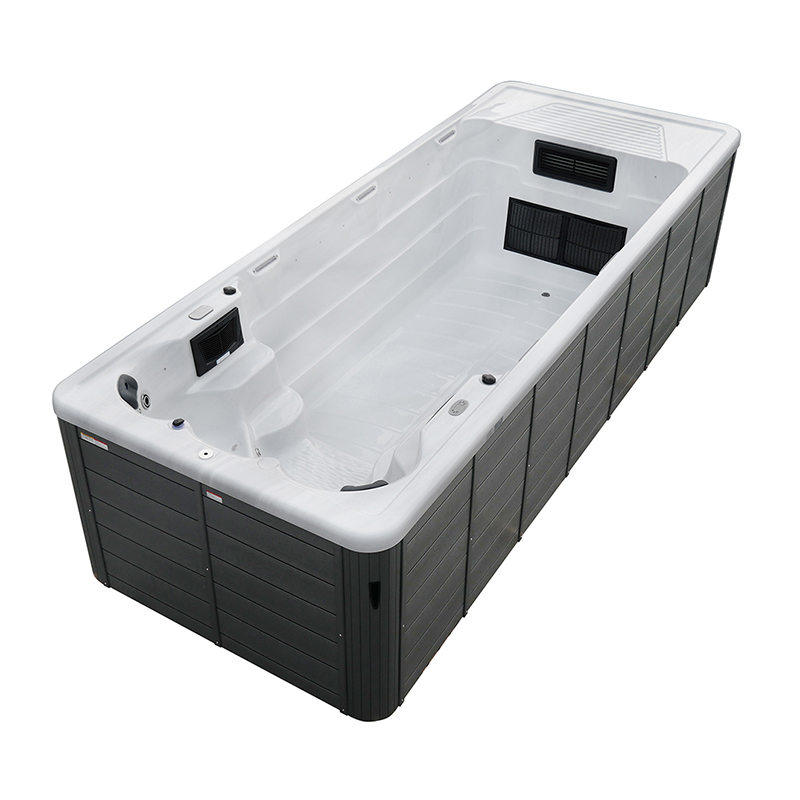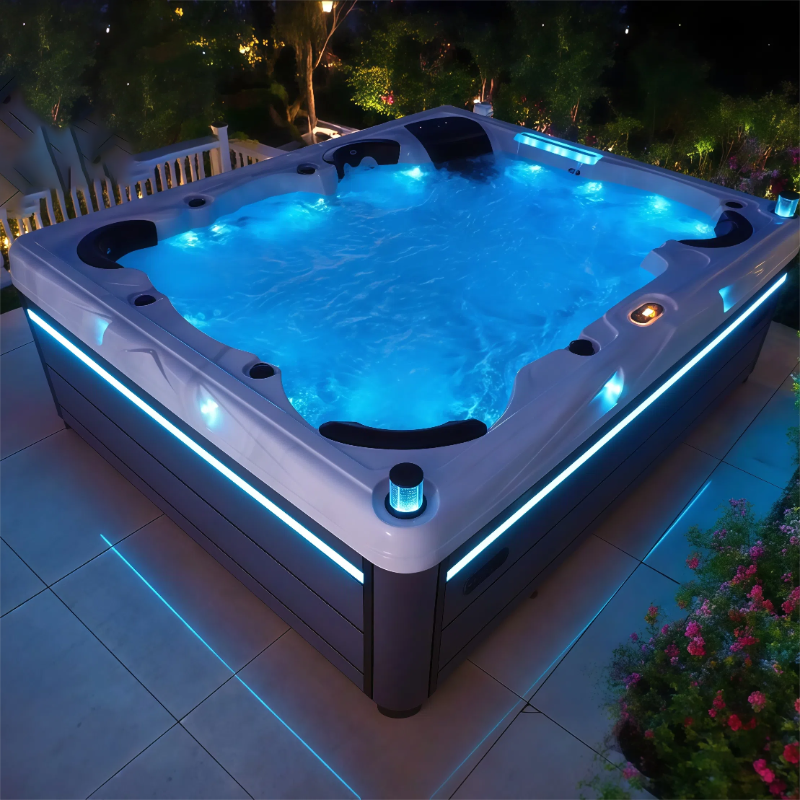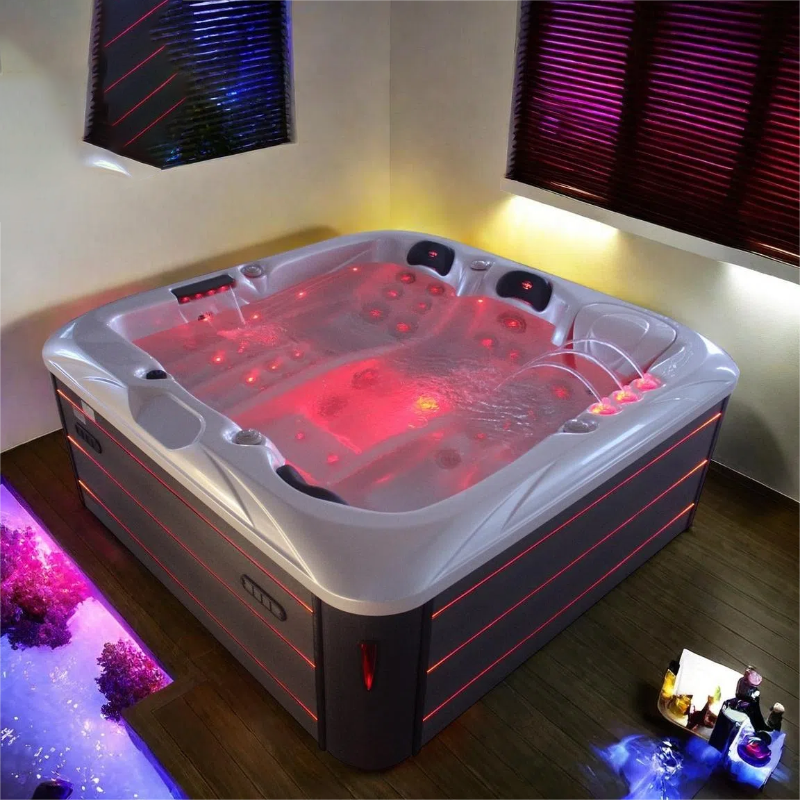1.Understanding the Essential Space Requirements for Hot Tub Installation
Adding a hot tub to your home is a dream for many—whether it’s for relaxation, therapeutic purposes, or social gatherings. However, before you take the plunge and buy a hot tub, one of the most important factors to consider is the amount of space needed for the installation.
Having enough room for your hot tub not only impacts the aesthetics and functionality but also plays a crucial role in ensuring ease of use, maintenance, and safety. Choosing the right spot involves more than just measuring the hot tub’s dimensions; you’ll need to account for various practical considerations such as accessibility, servicing, and safety.
In this guide, we will walk you through the key factors that determine how much space you’ll need to install your hot tub, including placement tips, electrical requirements, delivery considerations, and more. By the end of this article, you will have a clearer understanding of how to prepare your home or backyard for a hot tub installation.
2. What Space Is Required for Your Hot Tub?
While it’s obvious that you need to measure the dimensions of your hot tub, the space you need for installation isn’t just the tub’s size. The general rule of thumb is to plan for the hot tub’s dimensions, plus an additional 2 to 3 feet on each side. This extra space ensures that you have room for:
- Accessing the hot tub: Whether for cleaning, repairs, or simply getting in and out comfortably.
- Maintenance and Servicing: Adequate space ensures technicians can reach all components for repairs, maintenance, or upgrades.
- Placing the Hot Tub Cover: You need enough room for the hot tub cover when it’s not in use, preventing any inconvenience when you’re not in the tub.
For instance, if you’re purchasing an 8×8-foot hot tub, you should aim for a space that’s at least 10×10 feet, with 11×11 feet being ideal. If your hot tub has additional features, such as an integrated lounger or advanced jet systems, the required space may be even larger.
3. Where Is the Best Place to Install Your Hot Tub?
Choosing the right location for your hot tub is just as important as measuring the space. Here are some factors to consider when deciding where to place your hot tub:
- Accessibility: Ensure there is enough space around the tub for easy access. You want to be able to comfortably enter and exit the hot tub without feeling cramped.
- Maintenance Access: For future servicing, there needs to be a sufficient gap (2 to 3 feet) around the hot tub so that a technician can easily inspect and repair components such as jets, filters, and pumps.
- Storage for the Hot Tub Cover: When not in use, the cover needs to be placed somewhere out of the way. If the tub is surrounded by decking or built-in structures, make sure you plan for a space to store the cover when it’s off.
- Space for Surrounding Features: If you plan to place landscaping features, seating, side tables, or other accessories, make sure these items fit comfortably around your hot tub. Also, consider leaving room for towels, beverages, or snacks.
4. Outdoor vs. Indoor Hot Tub Installation
Both indoor and outdoor hot tub installations have their benefits and challenges. Here are some pros and cons to consider:
- Outdoor Hot Tubs: These are the most common, as they offer a scenic, relaxing environment. Outdoor tubs can take advantage of natural surroundings like gardens, trees, or scenic views. However, make sure that the ground is level and stable to support the hot tub’s weight, and ensure there is proper drainage to prevent water pooling around the tub.
- Indoor Hot Tubs: Indoor installations can be perfect for colder climates or for those who want to enjoy the hot tub year-round, regardless of the weather. However, you’ll need to ensure that the room is properly ventilated to prevent excess humidity, and you must plan for a sturdy floor that can bear the weight of the tub when filled with water.
5. What Is the Ideal Planning Order When Buying a Hot Tub?
Purchasing a hot tub involves several key decisions, and understanding the space requirements is just the first step. Here’s a recommended order of operations to guide your purchase:
- Measure Available Space: Determine the dimensions of the area where you want to install the hot tub. It’s important to measure not just the area for the tub but also the surrounding space for accessibility and future maintenance.
- Choose the Hot Tub Size: The size of your hot tub should be based on how many people will typically use it. A standard 4- to 6-person hot tub is perfect for small to medium households. If you plan to entertain or host gatherings, consider a larger tub with a seating capacity of 8 or more. Always opt for a hot tub with at least two additional seats for guests.
- Select Additional Features: Decide whether you want additional features such as a lounger, advanced hydrotherapy jets, LED lighting, or integrated sound systems. These features can make a big difference in the overall hot tub experience, but they may also increase the required space.
- Establish Your Budget: Hot tubs come in a wide range of prices. Entry-level models can start as low as $1,000, while luxury units with advanced features can go well beyond $20,000. Setting a clear budget will help you narrow down your options.
- Plan for Installation: Finally, consider the installation process. Some hot tubs are simple plug-and-play models, while others may require professional installation. Plan ahead for electrical requirements, delivery, and any necessary site preparations.
6. What Base Is Needed for Hot Tub Installation?
The foundation for your hot tub needs to be strong, level, and stable. The type of base will depend on the installation location, but here are some common options:
- Decks: If you’re installing the hot tub on a deck, ensure that the deck is built to support the weight of the tub when full of water. The deck should be level and made from sturdy materials like pressure-treated wood or composite decking.
- Concrete Pads: A concrete pad is a popular and reliable choice, especially for larger hot tubs. Ensure the concrete is poured evenly and leveled to create a stable base.
- Pavers on Gravel: For a more budget-friendly option, you can lay pavers on top of compacted gravel. This setup provides a solid, stable base, while also allowing for proper drainage.
7. What Electrical Setup Is Required for Your Hot Tub?
The electrical requirements for your hot tub will depend on the type of model you choose. Here’s an overview of the two most common setups:
- Plug-and-Play Hot Tubs: These units use a standard 110V outlet and don’t require any hardwiring. While they are easy to set up, they have limitations—such as being unable to run the heater and jets simultaneously. These are suitable for warmer climates or occasional use but are less ideal for year-round, wintertime use.
- 220V Hot Tubs: The majority of hot tubs, especially those with advanced features, require a 220V connection. These tubs need to be hardwired by a licensed electrician. A 220V setup allows both the heater and jets to run at the same time, making it suitable for colder climates and regular use.
8. How to Get Your Hot Tub Delivered
Delivery can be one of the more complex aspects of hot tub installation, especially if you have a smaller or more difficult-to-reach location. When scheduling delivery, keep these things in mind:
- Space Requirements for Delivery: Make sure you have at least 40 inches of clearance and 8 feet of height for the delivery crew to move the hot tub into place. This is necessary to avoid any obstacles during transport.
- Local Retailer vs. Big-Box Stores: If you buy from a local retailer, the delivery service often includes site placement. However, with large chain stores, you may need to arrange for your own delivery setup, which could lead to additional costs and coordination.
9. FAQs About Hot Tub Space Requirements
1. Can I install a hot tub on my lawn or grass?
While it’s technically possible to install a hot tub on grass, it’s not recommended. Grass is not a stable or level surface, and it can cause the hot tub to shift or settle unevenly. It’s better to place your hot tub on a firm, level base like concrete, a deck, or compacted gravel.
2. How much clearance is needed around a hot tub for maintenance?
You should leave at least 2 to 3 feet of space around the hot tub for servicing. This will allow technicians to easily access the motor, pumps, jets, and other essential components for repairs or maintenance.
3. Do I need a permit to install a hot tub?
The requirements vary by location, but in many areas, you’ll need a permit to install a hot tub. It’s important to check with your local building authorities to ensure that your installation complies with local zoning and safety regulations.
10. Conclusion: Planning for a Successful Hot Tub Installation
Understanding how much space you need for your hot tub and ensuring you’ve made all the necessary preparations is essential to getting the most out of your investment. By planning for proper placement, selecting the right features, ensuring proper electrical wiring, and coordinating delivery, you’ll be ready to enjoy your hot tub for years to come. Take your time in considering these factors and prioritize space and functionality to create the ultimate backyard retreat or indoor oasis.

